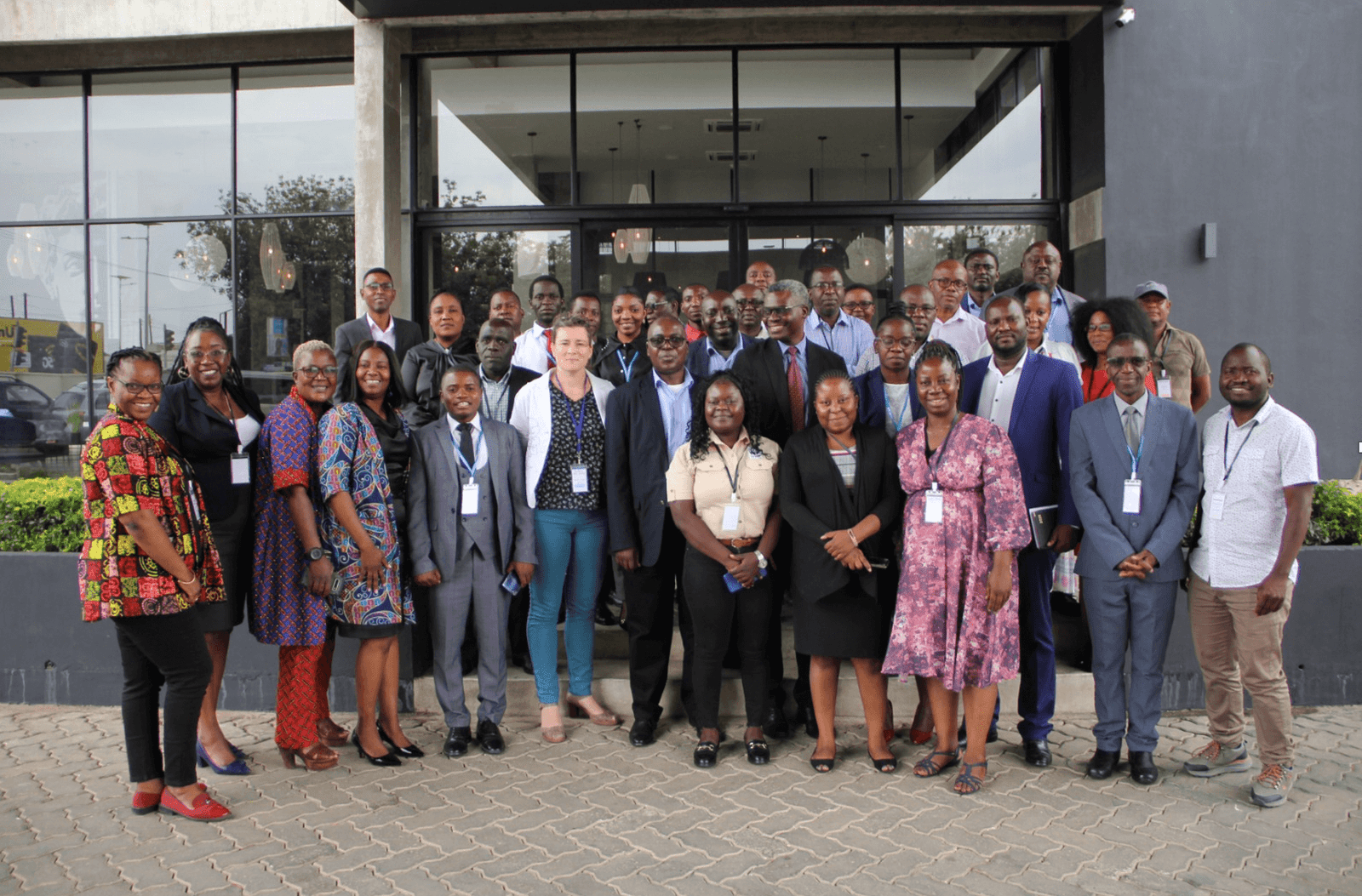
IWMI & WorldFish gives $60,000 toward lower Kafue basin conservation
The International Water Management Institute (IWMI) and WorldFish have given communities in the lower Kafue basin sixty thousand United States
The project seeks to achieve improved livelihoods, enhanced conservation, strengthened community resilience and effective governance, with expected outcomes including increased income generation, access to markets and financial services, and effective governance frameworks.


This is a collaborative governance approach that brings together diverse actors, including state institutions, private sector, communities, civil society, academia, and traditional authorities, to address complex, interconnected challenges at the landscape or sectoral level.
This group brings together stakeholders to develop and implement integrated conservation and management plans, promote sustainable land and water use practices, enhance biodiversity conservation and address environmental degradation and climate change impacts.
This group aims to enhance information sharing, knowledge management and stakeholder engagement. It focuses on knowledge management, communication planning, stakeholder engagement, media relations and digital platforms.
This group aims to enhance livelihoods of local communities through sustainable natural resource management. It collaborates with stakeholders to promote sustainable agriculture and fisheries practices, value chain development, entrepreneurship, community development and financial inclusion.
The Lower Kafue Basin Multistakeholder Platform (MSP) catchment area refers to the geographical region encompassing the Lower Kafue Basin in Zambia. Specifically;
The catchment area includes six chiefdoms:

The International Water Management Institute (IWMI) and WorldFish have given communities in the lower Kafue basin sixty thousand United States

Achieving a balance between social and economic development and environmental conservation requires innovative approaches. by Freddie Siangulube with contributions from

Resolving conflicting claims in the management of Zambia’s Lower Kafue Basin presents a daunting challenge for policymakers, producers, traditional authorities
The Lower Kafue Basin was chosen due to its significant economic, social and environmental importance to Zambia. Approximately 50% of the population depends on it for livelihoods, and it contributes substantially to the economy.
The basin is home to the Kafue Flats wetland, a vital ecosystem hosting two national parks and diverse wildlife, and supplies 44% of Lusaka’s water and 20% of the national cattle herd. Focusing on the Lower Kafue Basin enables targeted interventions to address specific challenges, maximize benefits for local communities and protect the environment, making it an ideal focus area for sustainable development initiatives